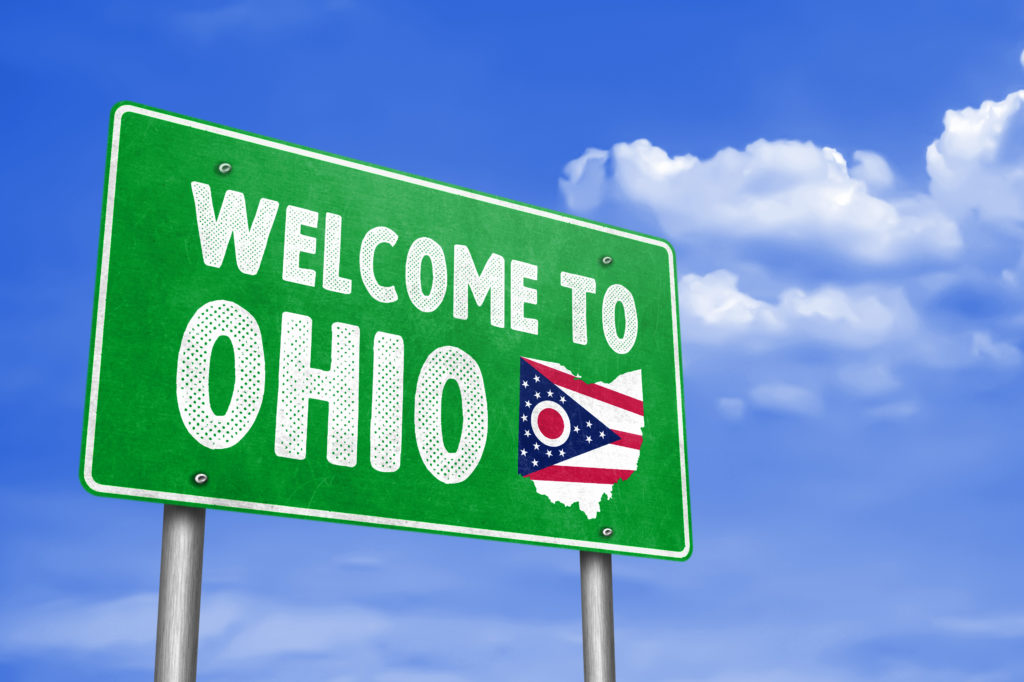
They’re following the clean energy manufacturing cash, provided in the recently passed industrial policy bill called the Inflation Reduction Act.
Good news for people who like electric vehicle manufacturing news and the state of Ohio: Honda, the carmaker, and LG Energy Solution, a battery manufacturer, have announced plans for an electric vehicle (EV) battery plant in the Buckeye State.
No word yet on where specifically the factory will be built, although Honda has an auto plant in Marysville. But the factory will be a $4.4 billion investment and will start mass production in late 2025.
That’s a big deal for Ohio, and another big step for the nation’s automaking footprint. It will position Honda well so that its vehicles will be able to qualify for the tax breaks and cost savings available for EVs under the recently passed energy and climate bill. That bill – the Inflation Reduction Act (IRA) – includes tens of billions of dollars to incentive domestic clean energy manufacturing and requires a set value of an EV battery’s components be made in the United States.
Honda is the latest automaker to get on board a train already in motion. This Wall Street Journal article points out that other car companies have already coupled up with EV battery makers for these kinds of domestic manufacturing capacity projects because high raw material costs are really driving up prices. GM and LG Energy are building one in Michigan. Stellantis and Samsung are building another in Indiana. And these, of course, are not the only examples.
Demand for EVs is sky high, too, and it’s only gonna pick up steam as the funding allocated in the IRA becomes available. The American Prospect has an excellent writeup today that examines its pools of money and the effect they will have on the domestic manufacturing ecosystem. The bill provides $50 billion for clean-energy manufacturing, and $40 billion of that will specifically support domestic production of such products. Of that, $30 billion is set aside for a new production credit to encourage “large-scale projects such as solar, wind, battery manufacturing, and critical minerals processing.” That amount of incentivization will essentially jumpstart manufacturing in these industries that private capital is typically hesitant to invest in.
Typically, Wall Street investors steer clear of manufacturing investments, both because of the unknown timelines for profitability that many such investments entail, and because of the massive up-front costs for manufacturing. Under the IRA’s new tax credits, however, manufacturers now have an opportunity to get five years of funding without needing Wall Street’s financing. By the estimates of the BlueGreen Alliance, that will translate to creating “560,000 good jobs over the next decade.”
Sounds like an industrial policy in action. We’re gonna be writing about these investments a lot in the coming months. Stay tuned.
